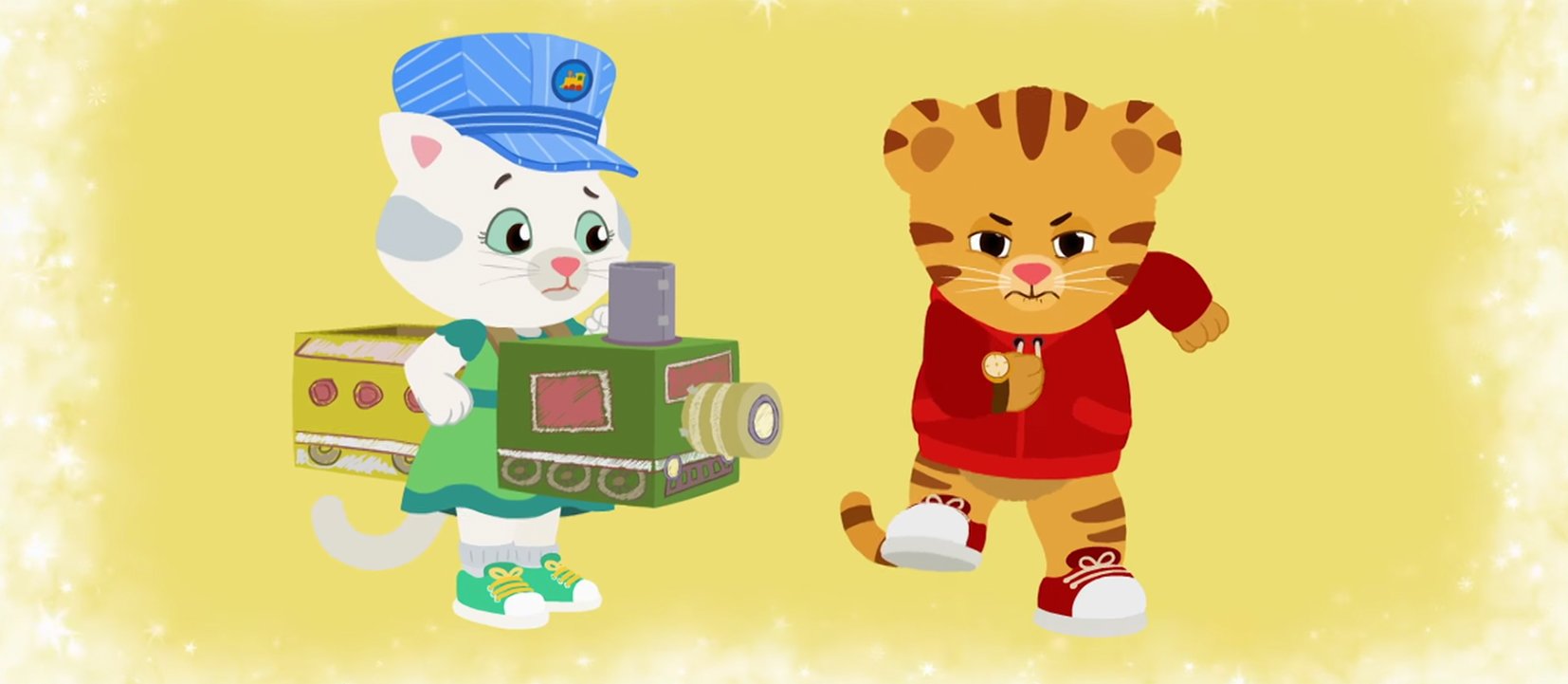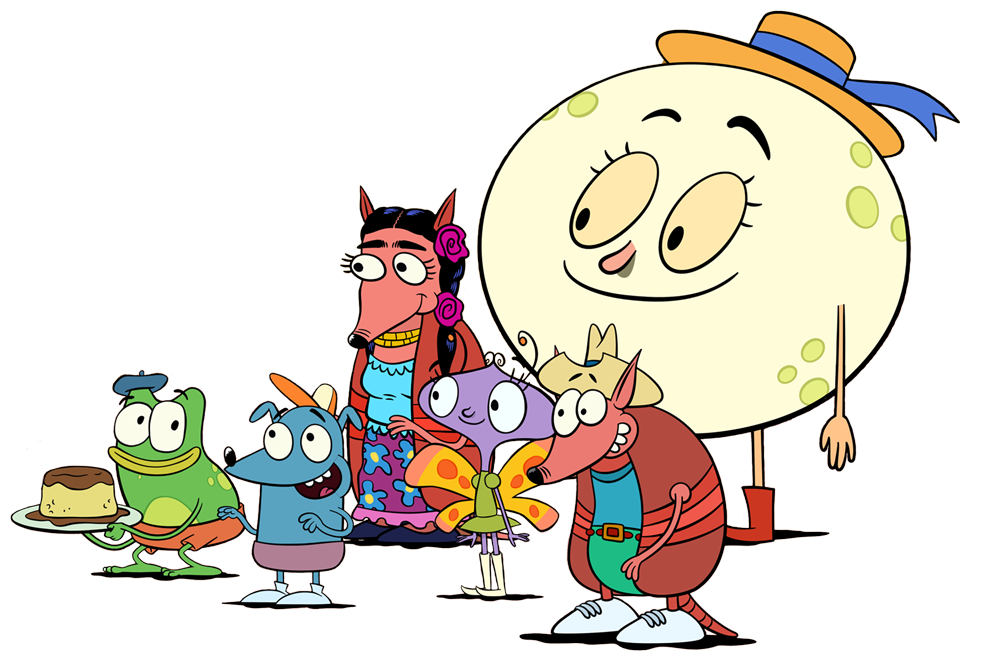Emotional Pantomime | Activities | WTTW Kids Learn & Play
In this activity students will act out various emotions. Being able to illustrate an emotion is key in identifying and managing both feelings and behaviors.

Activity Prep
- Before the activity begins, have a large piece of paper or white board ready with markers. There should be two columns with headings on the paper: the word Emotion should be written at the top of one column and the words Facial Expression should be at the top of the other column.
Activity
- Ask the children to name as many feelings as they can.
- Record their responses in the first column of the chart, calling attention to the fact that these are the names of feelings.
- Use body language as well as facial expressions to pantomime the feelings as you write them. For example: • Happy (clap your hands, laugh) • Sad (rub your eyes, pretend to cry) • Surprised (jump, raise your arms) • Afraid (shiver, bite your nails) • Angry (stomp your feet, grit your teeth)
- Invite the children to use body language and facial expressions to show the different feelings, either just as you have demonstrated or in their own way.
- Go through the emotions that are listed in the first column of the chart and draw a face in the second column for each emotion, explaining as you draw that a person’s eyebrows, mouth, forehead, and eyes help a person see how someone else is feeling.
- Talk about how body language is a way we can show people how we are feeling, but sometimes using body language without using words can be confusing. Tell the children to consider crying. Ask them to list all of the emotions that people are feeling where they might cry. Point out that people cry when they are happy, sad, mad, frustrated, afraid, etc., so using words is important.
- Play the “Use Your Words” clip to reinforce your point.
Considerations/Modifications/Extension Activities
- For children that need extra help, use additional clips from Daniel Tiger’s Neighborhood as further examples after watching the clip. (See pbskids.org)
- For more adventurous children, encourage children to come up with more words for each emotion (For example, depressed) or have children come up to draw the faces on the chart (step #5).




